TERC Blog
From Teacher to Social Science Researcher on Native Students’ Experiences and Community Cultural Wealth
How do STEM departments and institutions recruit and sustain Native individuals’ participation in a given discipline, in ways that value their uniquely Indigenous ways of knowing and being? If Native science is not included in classroom instruction, can we expect to increase representation and perseverance of Native people in cell and molecular biology, geosciences, engineering?
Neither as a history nor an environmental science teacher did I find Indigenous knowledge systems among the middle and high school standards I drew from to lesson plan–even in the most recent NGSS (Bang et al., 2013). My colleagues and I would derive our unit plans and yearly scope and sequence of science instruction from these, and in additive ways, maybe distill localized or place-based knowledge if we had such background knowledge or ambitions.
In spite of the marginalization of Native science, a small portion of Native individuals in STEM fields do enter and persist in higher ed and applied professions, inspiring and modeling for the next generations’ participation and persistence throughout a diversity of research and applied professions. How do we as researchers learn from their experiences in order to foster future STEM professionals now and tomorrow?
Native STEM Portraits (NSP) is a longitudinal project, which partners TERC, University of Georgia, and the American Indian Science and Engineering Society, to illuminate the ways in which Native students and professionals navigate their multiple intersecting identities. Minoritized students encounter particular barriers in college, graduate school, and professional settings, and drawing on what Yosso (2005) calls community cultural wealth, many persist in spite of these barriers. Revealing the many ways participants draw on their community cultural wealth as well as the particular barriers posed by institutions can lead to greater systematic recruitment and retention, and as a result, innovative contributions to the scientific developments that our biome is increasingly impacted by.
Interviewing with Photographs
Using Photo Elicitation (PE)—or an interview with photographs—and collected quantitative data, the NSP team solicits the experiences of Native students and professionals, while simultaneously traversing their stories and photographs as visual guides. A second-year doctoral student in Mathematics, Science, and Learning Technologies at University of Massachusetts-Amherst, I became an intern with the TERC Scholars Program. In the summer of 2021, I practiced this approach, centering the participants and their ways of knowing and being, while holding space for a conversation around and through the images and captions they brought. Participants were given three prompts and asked to take:
a. one set of photographs that represents something that helped them stay in their STEM discipline;
b. one set that illustrates barriers to their persistence in their discipline; and
c. one set of images that signifies their intersecting identities.
In order to prepare for an interview, I skimmed answers to survey questions that all NSP participants took about their STEM experiences. Drawing on this preliminary phase of data collection, I previewed the photos that participants submitted in response to our three prompts concerning persistence and supports, barriers to remaining in their given STEM discipline, and images that speak to participants’ multiple identities—Native, science, gender, sexual orientation, (dis)ability, to name but a few—so I could ask clarifying questions and anticipate participants’ responses in complement to a given image.
“Not Understandable”
My first interview was with Dahlia (a pseudonym), who is an undergraduate studying engineering at a large research university. She submitted photographs that included imagery and text; from formulae consisting of Arabic numerals to encouraging cursive phrases in her grandparents’ Native language, penned in the margins of her class notes. When asked to consider barriers she has encountered in her studies and dedicated pursuit of becoming an aeronautical engineer, she chose to share an image she titled “Not Understandable.”
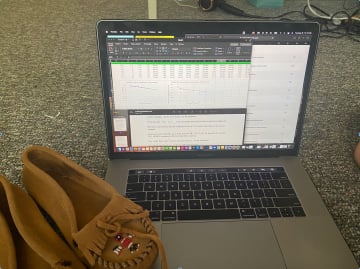 Figure 1. Dahlia captions this image: “The STEM field is not what my family preached to me as I grew up. I was never taught that technology would have such a large impact on life today. With the lack of that knowledge, it was hard for me to begin my studies in classes that relied on technology primarily.”
Figure 1. Dahlia captions this image: “The STEM field is not what my family preached to me as I grew up. I was never taught that technology would have such a large impact on life today. With the lack of that knowledge, it was hard for me to begin my studies in classes that relied on technology primarily.”
In our conversation, Dahlia describes an initial and somewhat steep learning curve in her transition from a small high school to a large state university. In discussing what supported her in the transition between high school and entering her engineering program, our conversation returned several times to the many familial and student organization supports, as well as some university resources, that sustained her persistence and complemented her already grounded passion and proclivities within astronomy, math, physics, and engineering.
“It Fits”
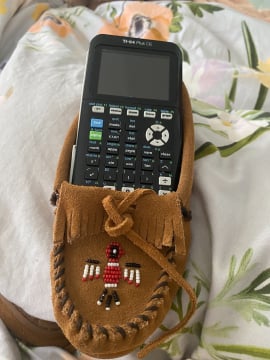 Figure 2. Dahlia’s caption: "This photo is a bit of a metaphor if you will. My calculator fits into my moccasin the same way that I, a Native person, fit into the STEM field. Being Native in a STEM field allows me to bring forth the issues that other Native people struggle with that can be solved using something that aligns with the work that I do, will do, or plan to do."
Figure 2. Dahlia’s caption: "This photo is a bit of a metaphor if you will. My calculator fits into my moccasin the same way that I, a Native person, fit into the STEM field. Being Native in a STEM field allows me to bring forth the issues that other Native people struggle with that can be solved using something that aligns with the work that I do, will do, or plan to do."
On the other hand, her grounding moccasin is included in several of Dahlia’s submitted images. In a kind of reprise of the previous image, “It Fits” signifies how Dahlia navigates the challenges and embraces and draws strength from her unique academic and cultural backgrounds.
Actually, we discussed that several of Dahlia’s images could have fit into any of the three prompt sets: on persistence, facing barriers, and the intersecting of her identities. This third image “Tipi,” for example, is one materialization of Dahlia using her engineering knowledge to build a full-scale Tipi, an activity that motivated several geographically-distant family members to visit each other on one of her weekend visits home.
In our PE interview, Dahlia identified outlets at the intersection of art, engineering, and cultural meaning, which together with her participation in several discipline-specific or professional organizations on campus further extends a picture of her undergraduate experience: her ongoing processes to find meaning in creating visual art; advocating for human rights issues that are manifesting across international borders; budding as a scientist, being wholly Native, reflecting on her own sense of femininity, while simultaneously navigating other social identities.
The nuances of an individual’s journey, especially how they navigate systemic barriers might have been lost in a traditional interview in which we did not ask for photographs to respond to our question.
"Tipi"
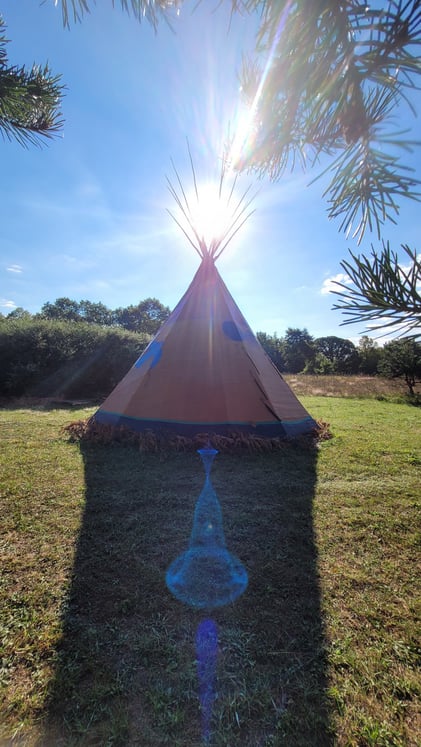 Figure 3. Tipi that Dahlia constructed with some of her family members on a weekend visit home.
Figure 3. Tipi that Dahlia constructed with some of her family members on a weekend visit home.
As a contributing researcher of the Native STEM Portraits team, my conceptions of systematic analysis and mixed-methods research have been expanded as I have prepared for and conducted interviews with undergraduate and graduate students in STEM. Moreover, I experienced firsthand how methodologies that are intentionally chosen for their decolonizing potential can serve to elucidate the multiple different forms of community cultural wealth (Yosso, 2005) that participants carry and exercise in their chosen STEM paths. Taking these practices into my second year of a doctoral program in Mathematics, Science, and Learning Technologies, I look forward to employing decolonizing methods in my own research, to support STEM students and teachers, and to learn from them.
Finally, I am grateful for the mentorship of Dr. Mia Ong, Dr. Nuria Jaumot-Pascual, as well as manifold collaborative supports from Christina Silva, Dr. Lisette Torres-Gerald, Dr. Kathy DeerInWater, Dr. Tiffany Smith, Dr. Matthew Madison, and Selay Zor. NSP is funded by the National Science Foundation (Award Number 2000619).
References
Bang, M., Warren, B., Rosebery, A. S., and Medin, D. (2013). Desettling expectations in science education. Human Development 55, 302-318.
Yosso, T. (2005). Whose culture has capital? A critical race theory discussion of community cultural wealth. Race Ethnicity and Education 8(1), 69-91.

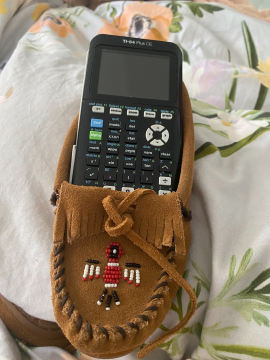




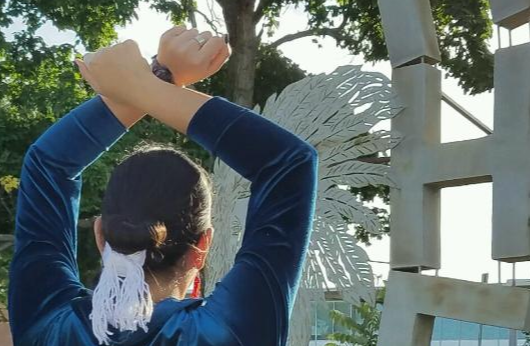
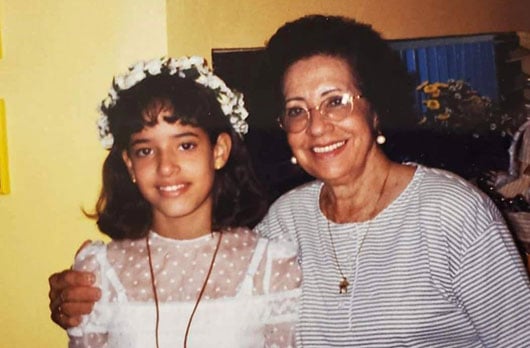
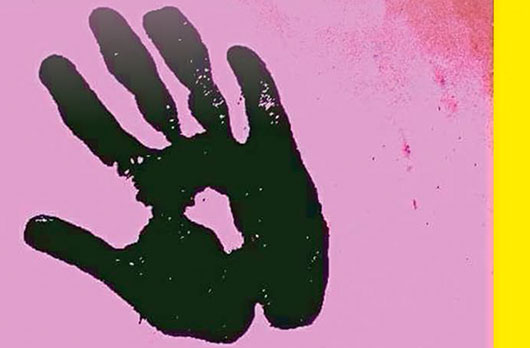
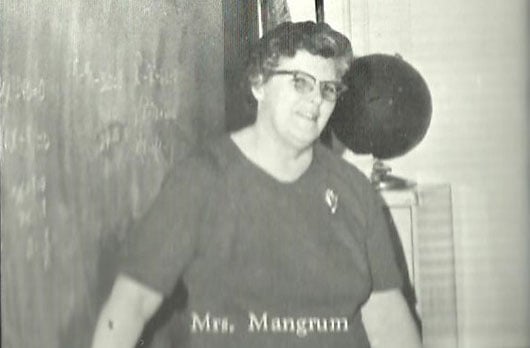
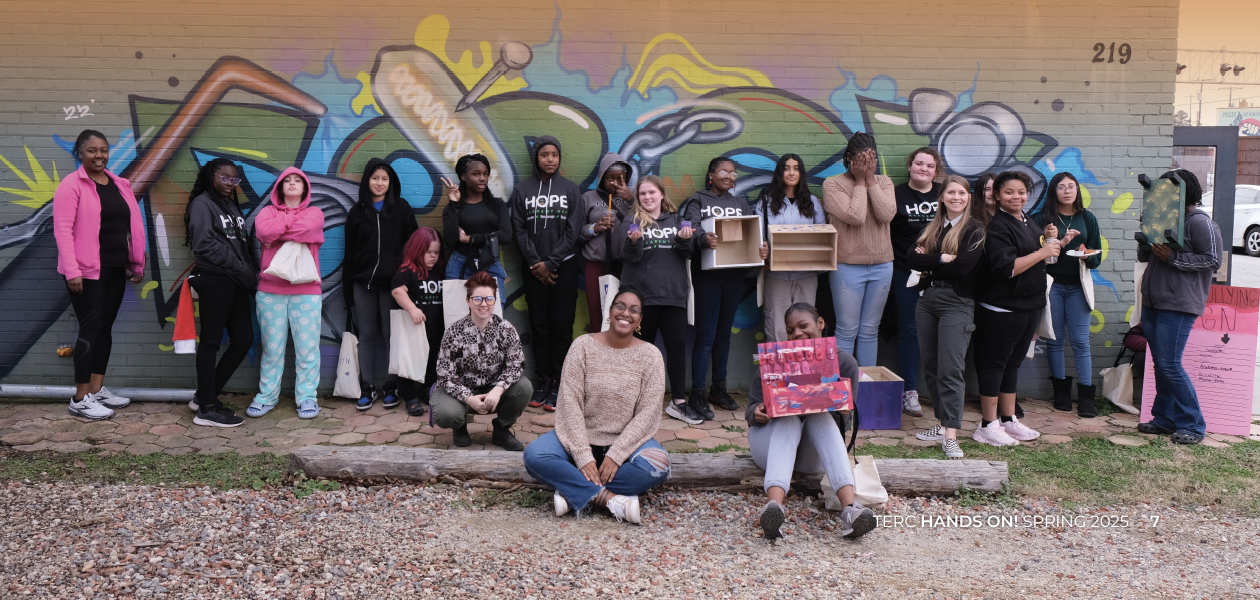
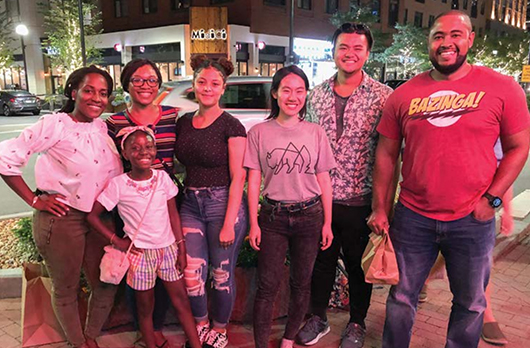
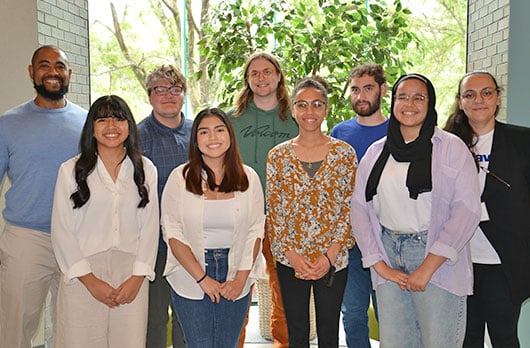
-Bonda.jpg)